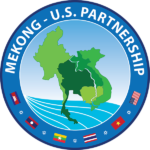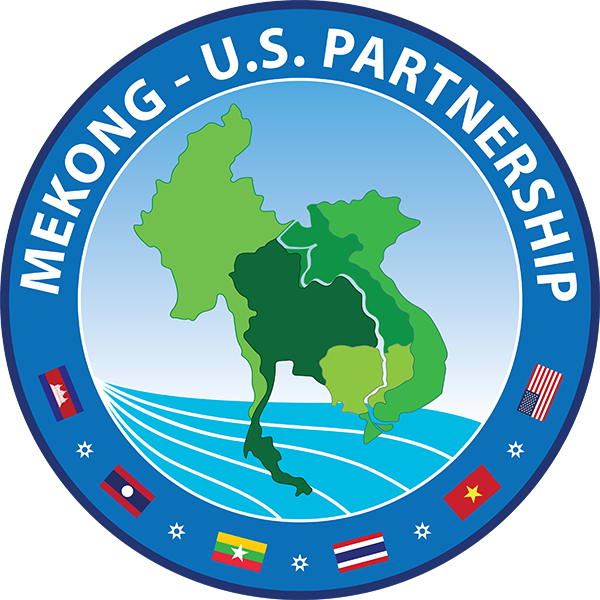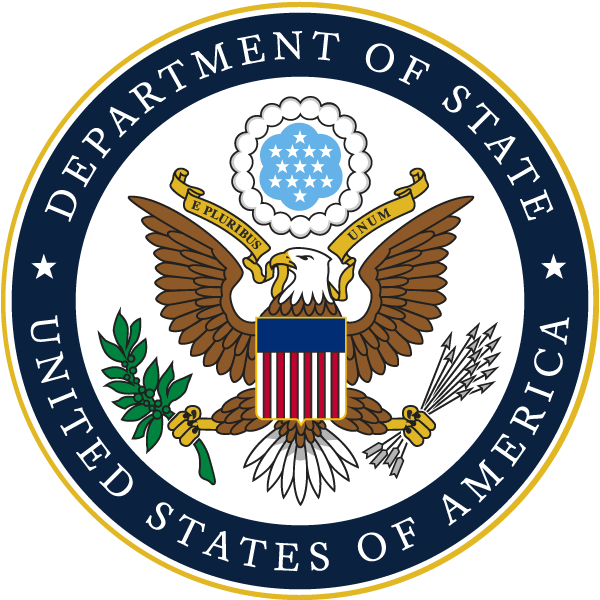By Greg Beck, Deputy Assistant Administrator, Asia
More than 60 million people live in the lower Mekong River basin, a region of the world currently struggling with drug-resistant malaria. While the introduction of artemisinin-based combination therapy (ACTs) for treatment of malaria has helped to greatly reduce its prevalence over the past decade, a high percentage of malaria cases are now failing treatment with ACTs, endangering global progress in fighting this communicable disease. With no alternative antimalarial medicine available, this presents a serious health security risk that requires robust regional and global cooperation to effectively overcome.
Such was a major topic of discussion at an event on the Mekong’s health and development future that I participated in on Tuesday morning, November 12, at the Center for Strategic International Studies (CSIS). Robust regional cooperation is key to developing and implementing sustainable solutions to global challenges such as drug-resistant malaria. That’s why at USAID, we are deepening our engagement with regional institutions working to promote integration and shared solutions in a region of the world closely tied to America’s security and prosperity — the Asia-Pacific.
One such regional body is the Lower Mekong Initiative, or LMI. Comprised of the governments of the United States, Cambodia, Laos, Myanma, Thailand and Vietnam, LMI works to identify collaborative solutions to challenges shared by the five lower Mekong nations — from water resources management to vulnerability to climate change. As a result of the LMI infrastructure we’ve helped put in place, regional working groups have been established with both U.S. and lower Mekong country counterparts to discuss for the first time in a regional setting how best to achieve shared development goals. Over the past year we have established a new LMI Coordination Hub at our Regional Development Mission for Asia in Bangkok. In conjunction with LMI, we are also actively supporting the Friends of the Lower Mekong, which coordinates the development work of donors in the region.
We are making progress. Our shared successes have been clearly demonstrated in the regional collaboration and coordination that took place in response to the emergence of H7N9 avian influenza in 2013, as compared to the SARS pandemic 10 years ago when information was not adequately shared. For H7N9 avian influenza, the sharing of surveillance results, samples and lab methodologies within China and globally started about 40 days after the first case developed symptoms. This information was used to rapidly take steps to limit the spread of the virus and establish animal and human surveillance and lab testing for H7N9 in the LMI countries using platforms previously developed for H5N1 avian influenza. As a result, only 139 human infections with H7N9 virus have been documented and only one country has been affected to date. In comparison, SARS cases had accumulated for about three months before the virus was detected. By the time the SARS pandemic subsided in late 2003, there had been over 8,400 human infections in 29 countries and the economic impact was estimated to be at least $80 billion.
We are forging partnerships to combine resources for maximum impact. Through the U.S. President’s Malaria Initiative, we’ve joined AusAID, DFID, and the Bill & Melinda Gates Foundation — organizations highly concerned by the emergence of artemisinin-resistant malaria and the impact that this may have on regional and global efforts to control and eliminate this disease. We continue to work with these agencies and with the World Health Organization and the Global Fund in the region to speed up efforts to reach all populations at risk with effective treatment and prevention. Our support for the President’s Malaria initiative has been at the forefront of efforts in the region to protect drug quality and efficacy by detecting and banning counterfeit and sub-standard drugs and providing effective treatment to vulnerable populations. Significant progress has already been made, for example, in western Cambodia, where malaria transmission has decreased markedly since the problem of artemisinin resistance was first identified there.
Also, earlier this year, the United States, Thailand and Myanmar signed a Mutual Declaration for cooperation on malaria prevention and control in the Thai/Myanmar border region. This is especially important as Myanmar opens its doors to the international community. Myanmar has the greatest malaria burden in the Mekong region at 591,000 suspected cases a year — three times the number of cases in Laos, China, Cambodia, Vietnam and Thailand combined. Activities under the new trilateral program are expected to include training health care workers in Myanmar, piloting innovative service delivery strategies, and facilitating information sharing between twin cities.
Our regional cooperation includes the opportunity to highlight innovative advancements from research, science and technology. This is core to USAID’s development programming that harnesses the efforts in the region as well as in the United States to most effectively and efficiently address development challenges. As a result of our investments in science and technology through LMI, eight veterinary and 17 public health diagnostic laboratories in the lower Mekong region have enhanced capacity for safe, accurate and rapid diagnosis of significant endemic and emerging infectious diseases.
Like our deepening engagement in the region, LMI continues to grow. LMI reflects the commitment of the United States to the well-being of the people and the long-term success of countries in the region, and we look forward to continued shared progress.
Learn more about the Lower Mekong Initiative.
Source: USAID’s Impact Blog
 Mekong - U.S. Partnership
Mekong - U.S. Partnership


